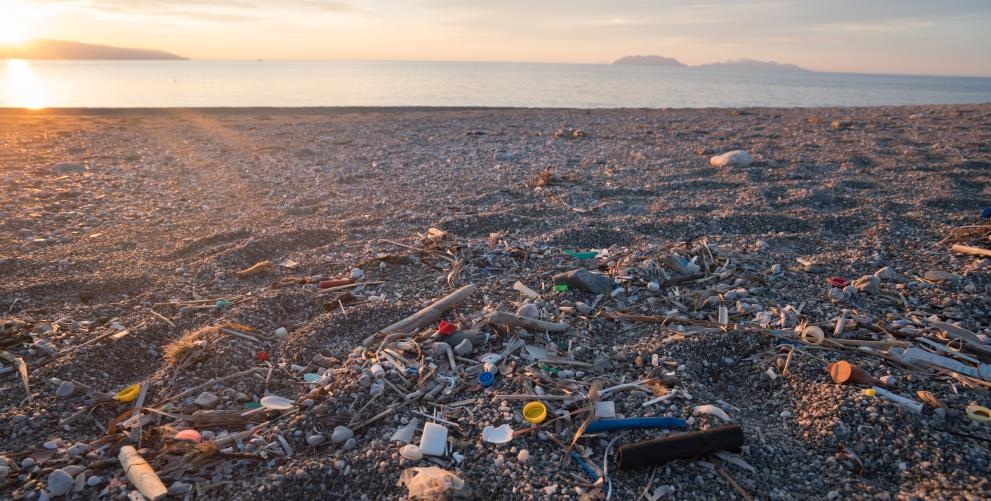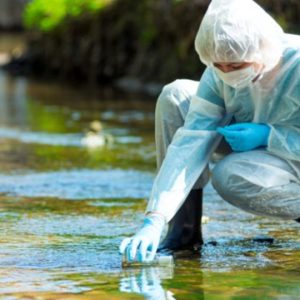A new report by environmental group Legambiente has revealed a sharp rise in marine litter on Italian beaches, with plastic waste continuing to dominate the coastline.
The Beach Litter 2025 survey, published on 2 April, recorded an average of 892 pieces of waste per 100 linear metres of beach across 63 beaches in 13 Italian regions. That’s almost double the number of beaches surveyed compared to the previous year. In total, 56,168 waste items were collected and catalogued over a surface area of nearly 197,000 square metres.
Plastic made up 77.9% of the items found, with cigarette butts (7.5%) and plastic cotton buds (5.6%) also ranking high among the most common waste. The group warned: “We cannot stand by and watch.”
Legambiente described marine litter as a global environmental threat that “causes serious damage to ocean ecosystems, impacting both wildlife and humans.”
The study forms part of Legambiente’s citizen science initiative, which involves hundreds of volunteers from local chapters across the country. Each year, the Beach Litter project monitors and classifies waste on Italian beaches, aiming to keep public attention focused on what it describes as a worsening emergency.
As part of the awareness campaign, Legambiente once again invited members of the public to take part in Spiagge e Fondali Puliti (“Clean Beaches and Seabeds”), which took place from 4–6 April, encouraging people to join local beach cleans with gloves and waste collection bags in hand.
Beaches getting dirtier
The results show a significant decline in beach cleanliness. Legambiente used the Clean Coast Index (CCI)—an international tool to evaluate beach cleanliness based on waste density—for the second year running.
According to the CCI, 28% of the monitored beaches were categorised as either “dirty” or “very dirty”. In 2024, that figure had been just 6.6%. Meanwhile, the share of “very clean” beaches dropped from 42% last year to 27% this year. “Clean” beaches declined from 24.2% to 14%. This despite, or perhaps because of, Italy’s blue economy growth.
Plastic dominates, SUP directive still falling short
Plastic remains the most common waste material, with 43,776 plastic items found out of 56,168. Other materials included glass and ceramics (8.3%), paper and cardboard (4.3%), metals (3.6%), and wood (2.4%).
Of particular concern were items banned under the Single Use Plastics (SUP) Directive, which still accounted for 40.5% of all waste monitored. These include plastic tableware, straws, containers, and fishing gear.
SUP-specific breakdown
Among SUP-related waste alone, the most common items were:
- Plastic bottles and containers (with caps and rings): 33.2%
- Cigarette butts: 18.6%
- Cotton buds: 13.8%
- Fishing gear: 11.9%
- Disposable tableware and fast food packaging: 12.1%
Top ten marine litter items
A staggering 61% of all collected marine litter was made up of just ten items. Small plastic fragments between 2.5 and 50 cm in length led the list, which alone accounted for 13% of the total (7,305 pieces). Other frequent offenders included:
- Plastic caps and lids: 8.2%
- Polystyrene fragments: 6.9%
- Wet wipes: 4.7%
- Building material: 4.2%
- Plastic bottles and drinks containers: 3.7%
- Plastic bags and handles: 3.6%
- Glass and ceramic fragments: 3.2%
Cigarette butts and cotton buds ranked third and fifth respectively. Butts have remained a persistent issue since the start of the survey in 2014, with nearly 47,000 units recorded over 623 beach samples. That averages out at 75 butts per 100 metres of beach.
Despite being banned in Italy since 2019, plastic cotton buds still made up a significant portion of the waste.
Legambiente is calling for tougher policies, stricter enforcement of existing bans, and ongoing public engagement to protect Italy’s coastline from further degradation.
More information and updates can be found on www.legambiente.it.





